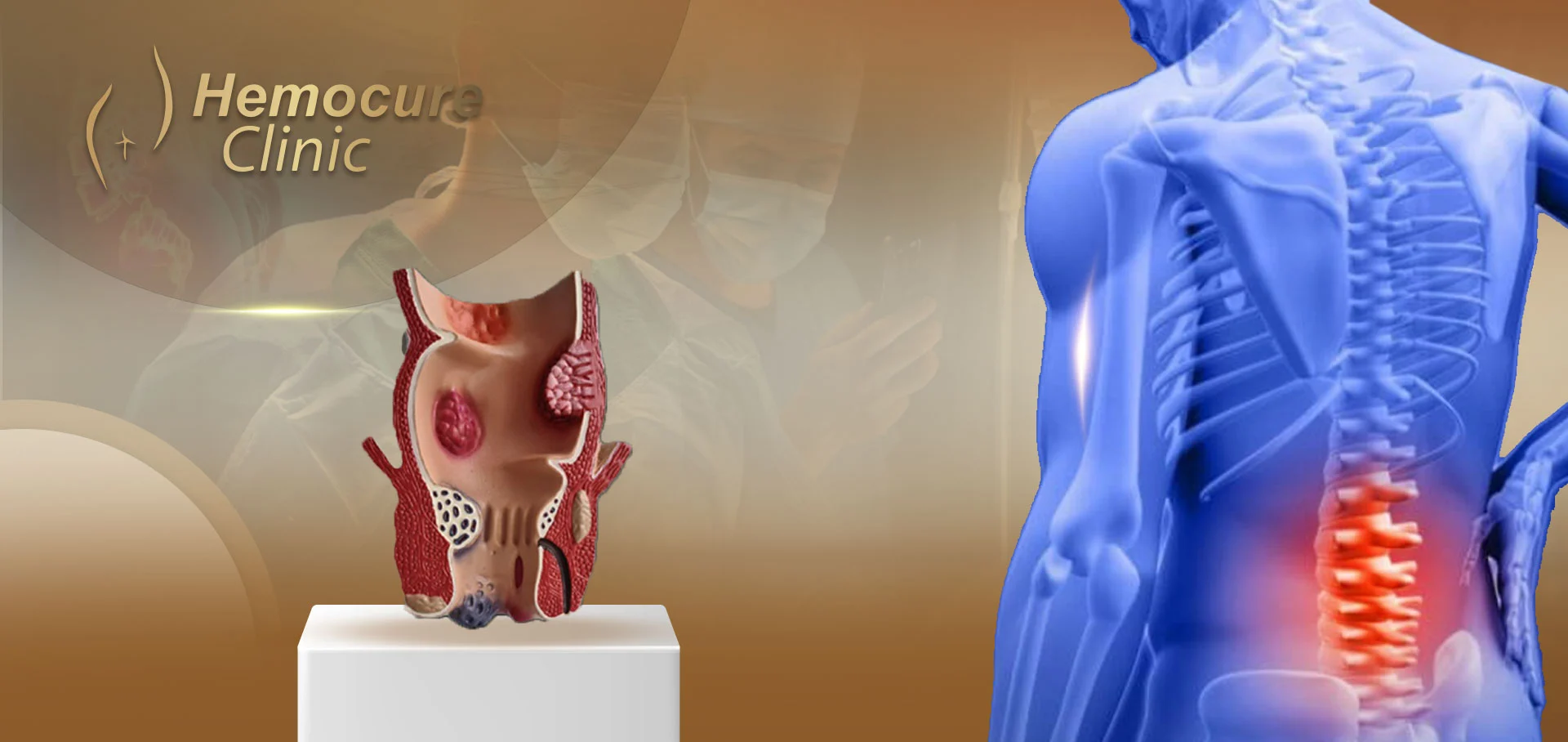Anal Fissure: A Comprehensive Guide to Symptoms, Treatment, and Prevention

An anal fissure is one of the most common and painful conditions affecting the anal area, resulting from a small tear in the lining of the anal canal. Despite the anatomical simplicity of the injury, the resulting pain can be severe, significantly impacting the patient's quality of life, especially during bowel movements or prolonged sitting.
In this article, we take you on a comprehensive tour to understand anal fissures in terms of causes, symptoms, treatment methods, and how to prevent them.
What is an Anal Fissure?
An anal fissure is a small tear or cut in the skin around the anal opening. The fissure can be acute (recent and lasting less than 6 weeks) or chronic (lasting more than 6 weeks without healing).
An anal fissure is often accompanied by severe pain during and after bowel movements, and in some cases, it may lead to slight bleeding.
Common Causes of Anal Fissures
The causes of anal fissures are numerous, and the most prominent include:
-
Chronic Constipation: This is one of the most common causes, as passing hard stool leads to tearing of the anal lining.
-
Chronic Diarrhea: Can cause constant irritation in the anal canal, increasing the likelihood of tearing.
-
Natural Childbirth: Some women develop anal fissures after childbirth due to the significant pressure during delivery.
-
Inflammatory Bowel Diseases such as Crohn's disease.
-
Excessive straining during bowel movements or prolonged sitting on the toilet.
-
Lack of tissue elasticity or poor blood flow to the anal area.
Symptoms of Anal Fissures
The following symptoms may appear in the patient:
-
Severe pain during bowel movements that may continue afterward for minutes or even hours.
-
Bright red blood on toilet paper or with stool.
-
Itching or irritation around the anal opening.
-
Seeing a small crack or cut in the skin around the anal opening.
-
Spasms in the internal anal muscle, which increases the severity of the pain.
In some chronic cases, a small skin tag may be noticed next to the fissure, known as a "sentinel pile" or "skin tag."
Diagnosis
Anal fissures are often diagnosed clinically through a physical examination by a specialized doctor. In some cases, especially if the pain is severe, the examination may be postponed until the symptoms subside. Advanced tests are not usually required unless the doctor suspects other conditions such as hemorrhoids or fistulas.
Treatment
Anal fissure treatment is divided into:
First: Conservative Treatment (for acute cases)
-
Lifestyle changes: Eating fiber-rich foods, drinking enough water, and avoiding constipation.
-
Sitz baths: Sitting in warm water helps soothe pain and improve blood flow.
-
Topical ointments containing local anesthetic or vasodilators to reduce spasm.
-
Mild laxatives to facilitate stool passage without straining.
Second: Surgical or Interventional Treatment (for chronic cases)
If the fissure persists for more than 6 weeks or does not respond to conservative treatment, intervention is preferred using:
-
Laser treatment: This is considered one of the latest and safest techniques, where the laser is used to remove damaged tissue and stimulate healing without the need to cut muscles. It is characterized by less pain and faster recovery.
-
Botox injection: Used to reduce spasms of the anal muscles.
-
Traditional surgical intervention: Such as internal lateral sphincterotomy, but it has become less common in specialized centers due to the availability of newer and safer techniques.
Preventing Anal Fissures
To prevent anal fissures or avoid their recurrence:
-
Follow a fiber-rich diet (vegetables, fruits, whole grains).
-
Drink at least 8 glasses of water daily.
-
Avoid straining during bowel movements.
-
Don't delay going to the bathroom when you feel the urge.
-
Exercise regularly to stimulate blood circulation.
-
Avoid prolonged sitting without movement.
When to Visit a Doctor?
-
If pain or bleeding persists for more than a week.
-
If you notice a recurrence of symptoms or the appearance of new symptoms.
-
If the fissure is accompanied by fever or abnormal discharge.
Hemocure's Advice
At "Hemocure Foundation," we rely on the latest technologies in diagnosing and treating anal fissures, using precise laser techniques that ensure patient comfort and fast recovery without complications. Our goal is not just treatment, but to provide a safe and effective healthcare experience under the supervision of a group of specialized doctors in anal and rectal diseases.
Conclusion
Anal fissures are common conditions that affect patient comfort, but they are also effectively treatable, especially if diagnosed early and correct medical guidelines are followed. Don't hesitate to seek help when symptoms appear, as the first step towards comfort begins with a correct diagnosis.
 English
English
 العربية
العربية

Add New Comment